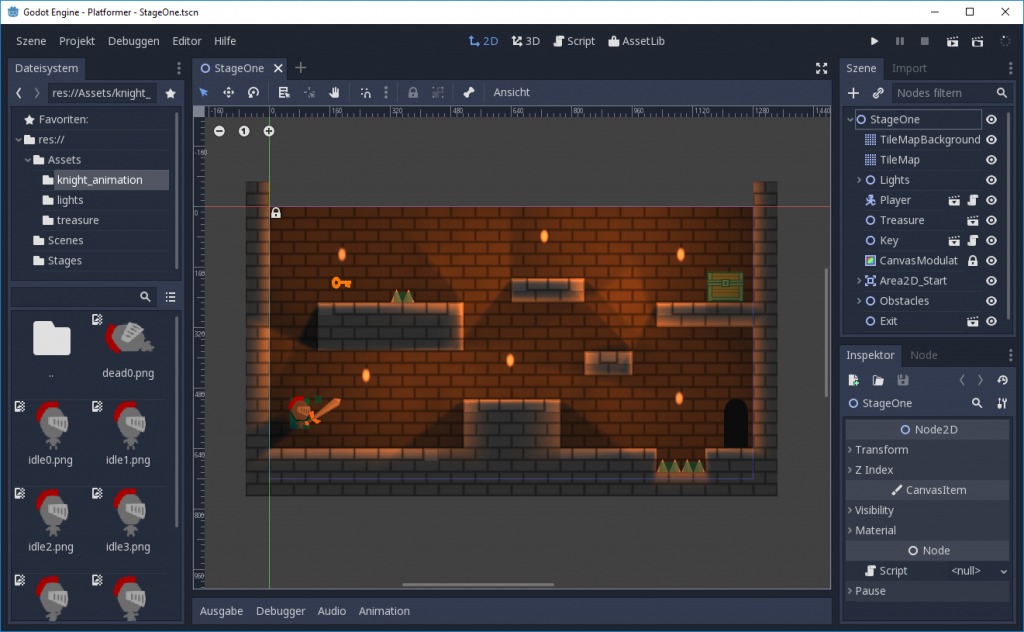

The rotation is controlled using xAngle, yAngle and zAngle, modifiable on the inspector. Add it onto any GameObject in a scene and hit play to see it run. This script creates two different cubes: one red which is rotated using Space.Self one green which is rotated using Space.World. If you de-select and the re-select the cube, the axes are shown in the same orientation as before.Ī cube not rotated in Global Gizmo Toggleįor more information on Rotation in Unity, see Rotation and Orientation in Unity. Rotating the cube updates the rotation axes. So, a newly created cube uses its x, y, and z axis set to zero rotation. Local rotation uses the coordinate system of the GameObject itself. If you de-select and then re-select the cube, the axes restart in world alignment. Moving these Gizmos rotates the cube around the axes. When you select a cube in the Unity Editor’s Scene view, rotation Gizmos appear for the left/right, up/down and forward/back rotation axes. Some documentation pages may still state outdated information. So if you rotate a cube in world space, its axes align with the world. Godot documentation is being updated to reflect the latest changes in version 4.0. World axis rotation uses the coordinate system of the Scene, so when you start rotate a GameObject, its x, y, and z axes are aligned with the x, y, and z world axes. Or any class that inherits from one of those, and so on.You can specify a rotation in world axes or local axes. Godot supports the following 3D scene file formats: glTF 2.0 (recommended). So according to the page for the Material class, that's one of: You need an object that inherits from the Material class. It's not a string, the type signature tells you that. Ok, that's good start, so it's probably an index for which surface of the mesh, which makes sense.Īnd what string or what-have-you do you need for the material?


Looking at the docs for the Mesh class we find get_surface_count(). But we know a surface is likely related to a mesh, so maybe it's related to the Mesh resource assigned to the mesh property.
Godot docs how to#
Ok, so we need to figure out how to find the surface we want. This material is associated with this MeshInstance3D rather than with mesh. Sets the override material for the specified surface of the Mesh resource. But what's the significance of it? Let's read the what the docs say about the method: material, which expects a value of type Material.surface, which expects a value of the type int.The method name is set_surface_overide_material.You can learn more about the process here or in the Godot documentation available here. You can of course extend or change every aspect of the Godot game engine in this manner, you simply need a C++ compiler, Python, and SCONS.
Godot docs code#
Void set_surface_override_material ( int surface, Material material ) Godot is an open source project, with the vast majority of source code written using C++ (11). If you've previously logged in with a Facebook or GitHub account, use the I forgot my password link in the login box to set a password for your account. HDRI Haven – CC0-licensed panorama skies.CC0 Textures ⋅ ⋅ Texture Haven – CC0-licensed PBR materials.Godot Shaders – Shaders specifically made for use in Godot Engine.Awesome Godot (curated list of Godot resources).Twitter Read before posting: Frequently Asked Questions Community Platforms Discord Contributors Chat Support Godot development on Patreon! Reference material.A community for discussion and support in development with the Godot game engine.


 0 kommentar(er)
0 kommentar(er)
